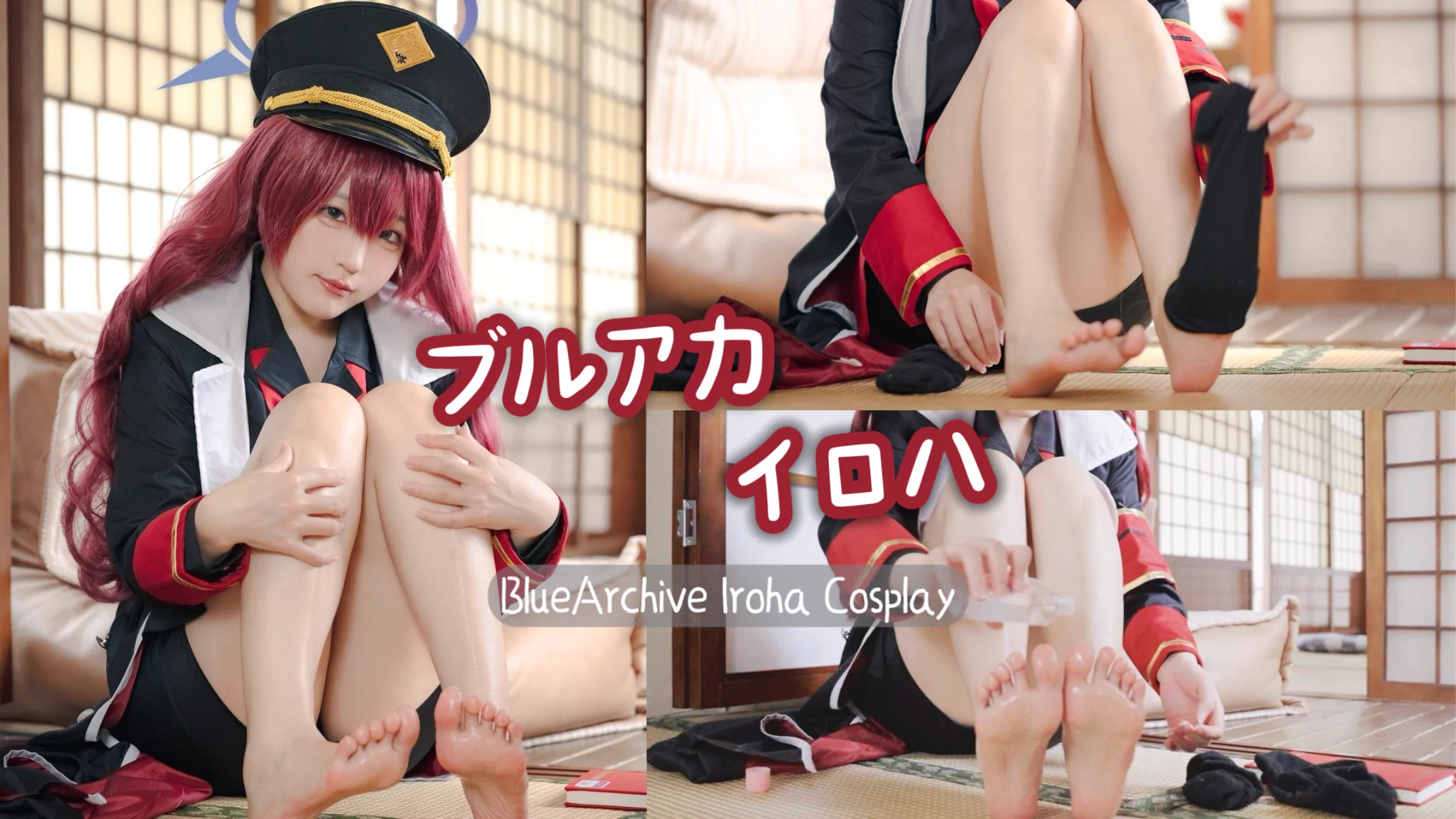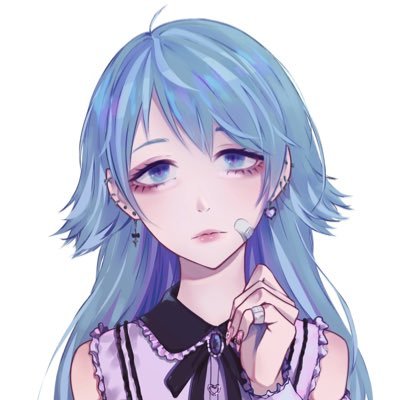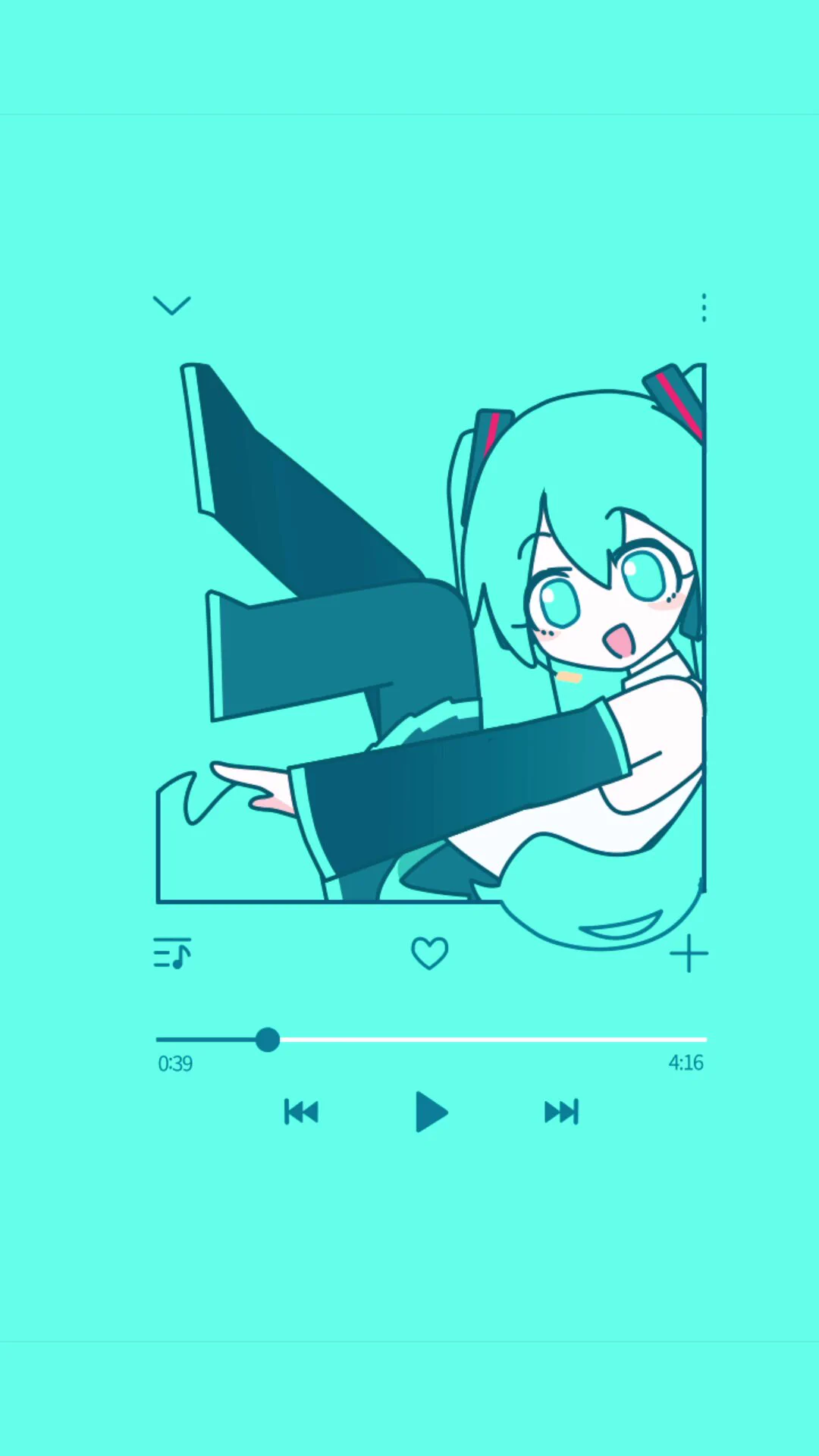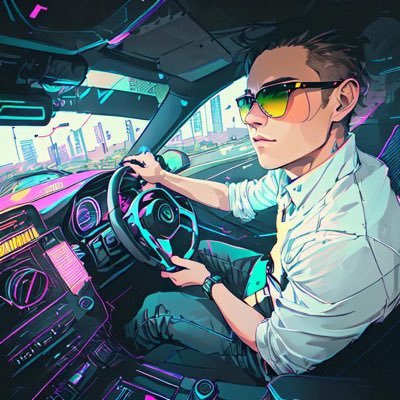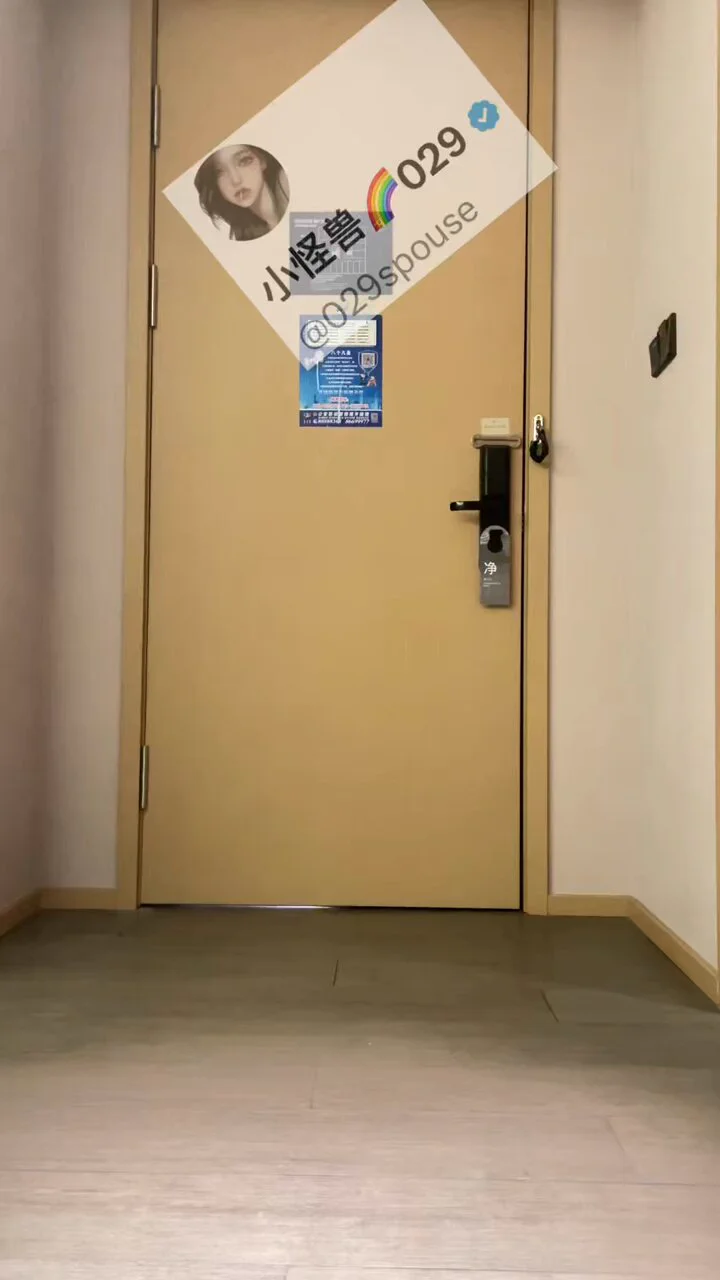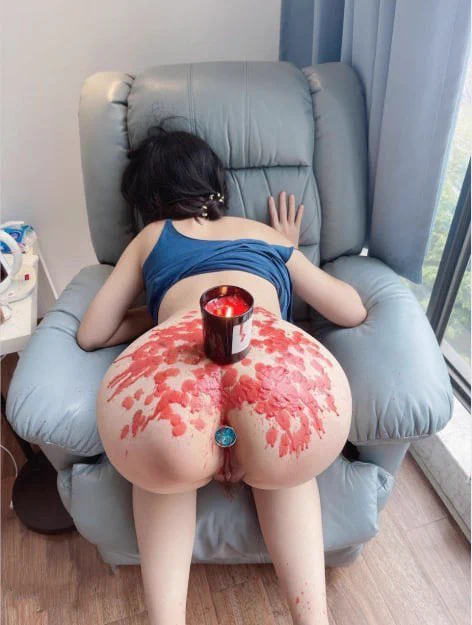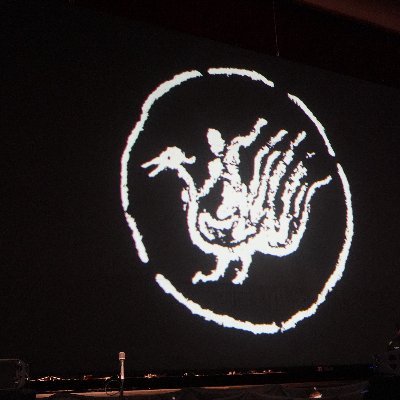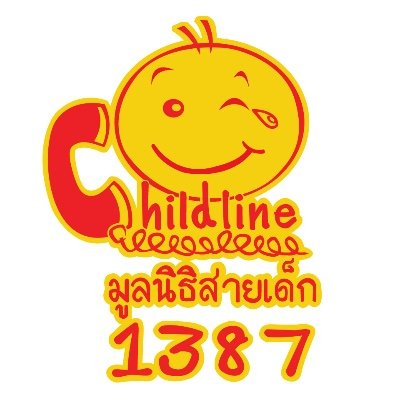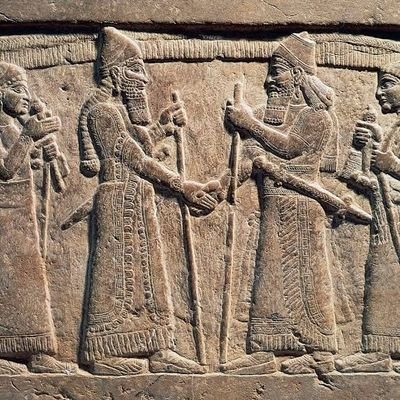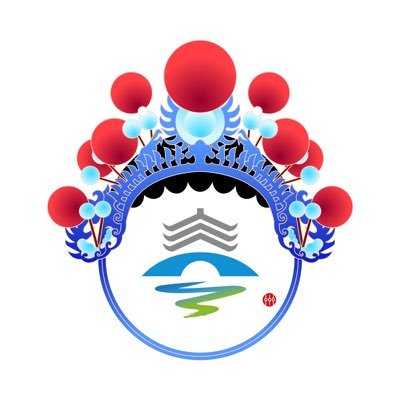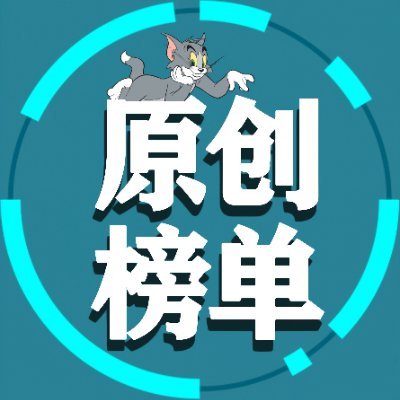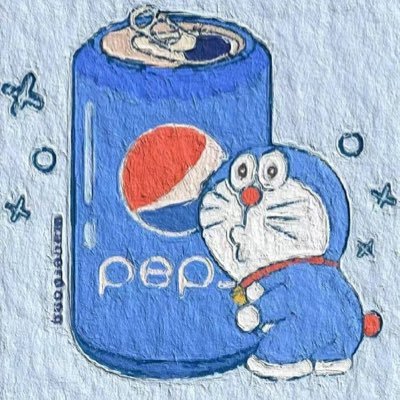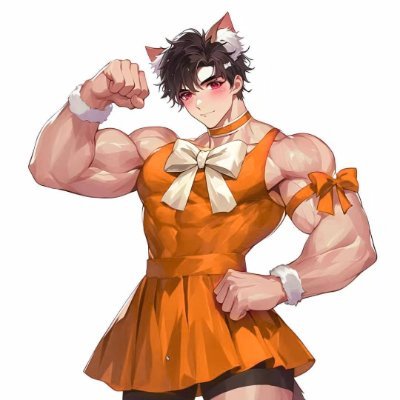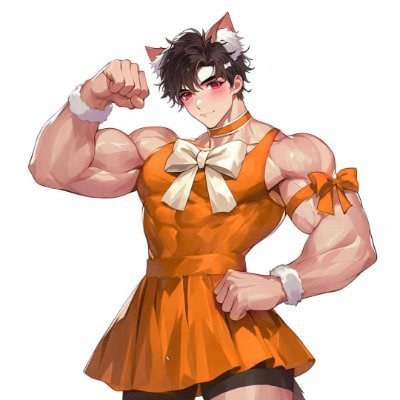YouTubeが私のチャンネルを消されて復元してくれないので、新しいチャンネルを作ると思う…作ったらフォローしてくれる?🥲
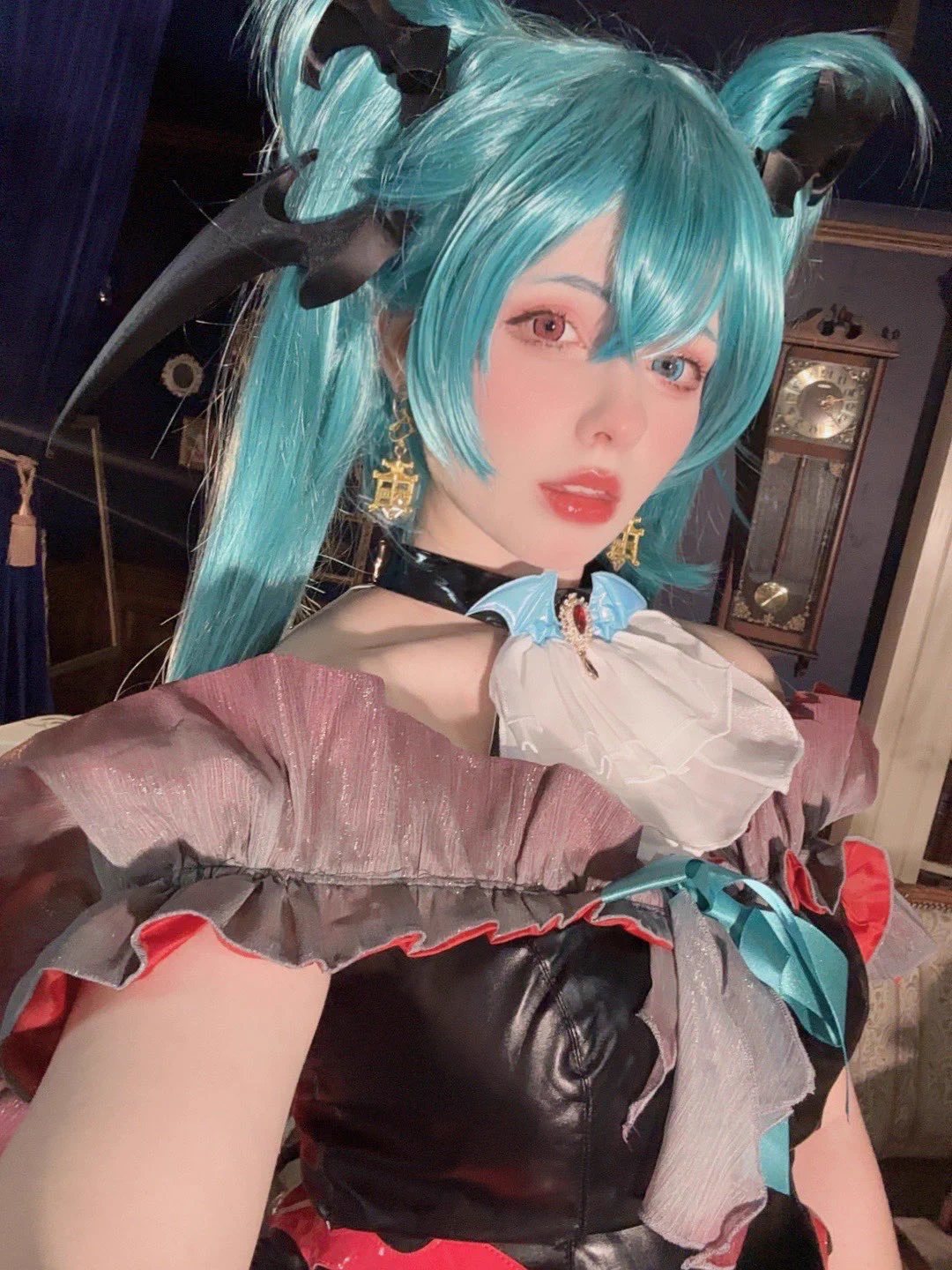
YouTube がフォロワー30 万人の私のチャンネルを削除されました。今週はこのチャンネルの12周年だった。YouTube からは一度も警告を受けなかったのに。。@teamyoutube復旧してください。
male Rover proposes to shorekeeper 👩❤️👨💍 #WutheringWaves# #WuWa# #Shorekeeper#

International Youth Gathering 2024 Global Forum on Harmony Culture! 国际青年欢聚2024和合文化全球论坛!
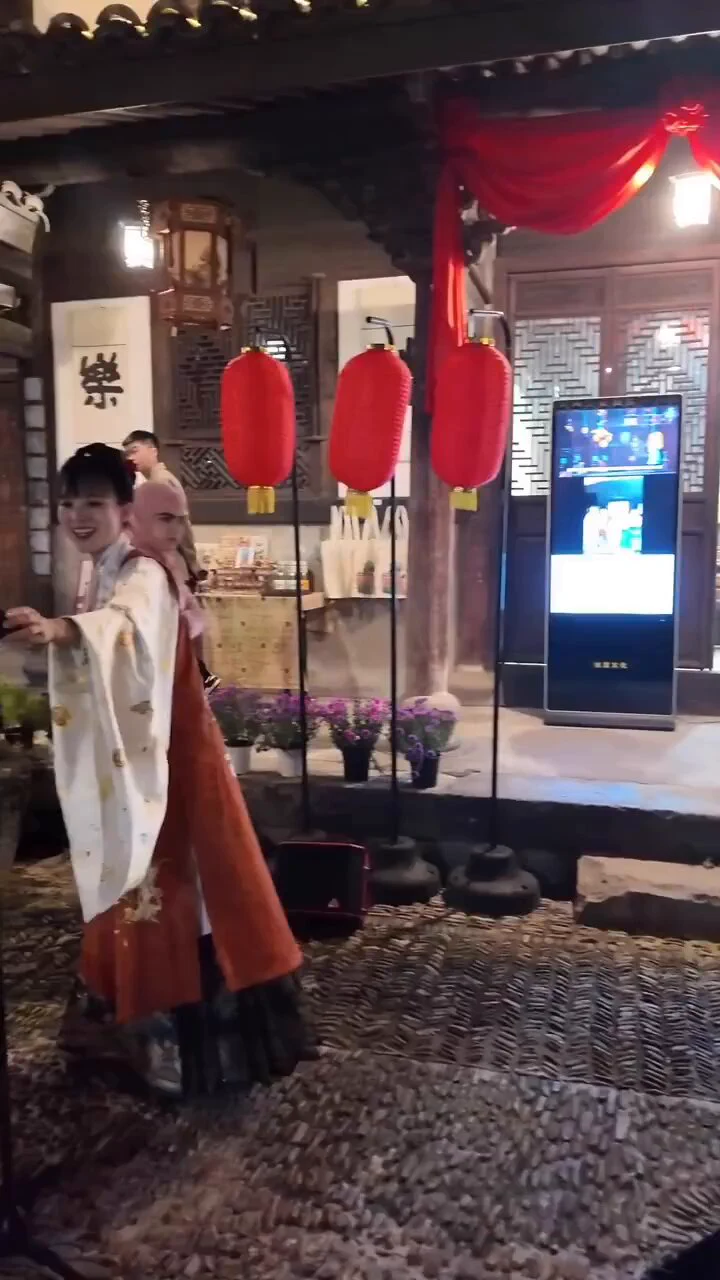
Miss N, the college girl I met during an event. Love her energetic smile, shy expression and youthful spirit 😘 Oh well, you know where 😉

Morning fam just some memories from last night. #TelkomXBlackMotion# #10YearsOfBlackMotion# #AlbumLoading# #YouthDay#



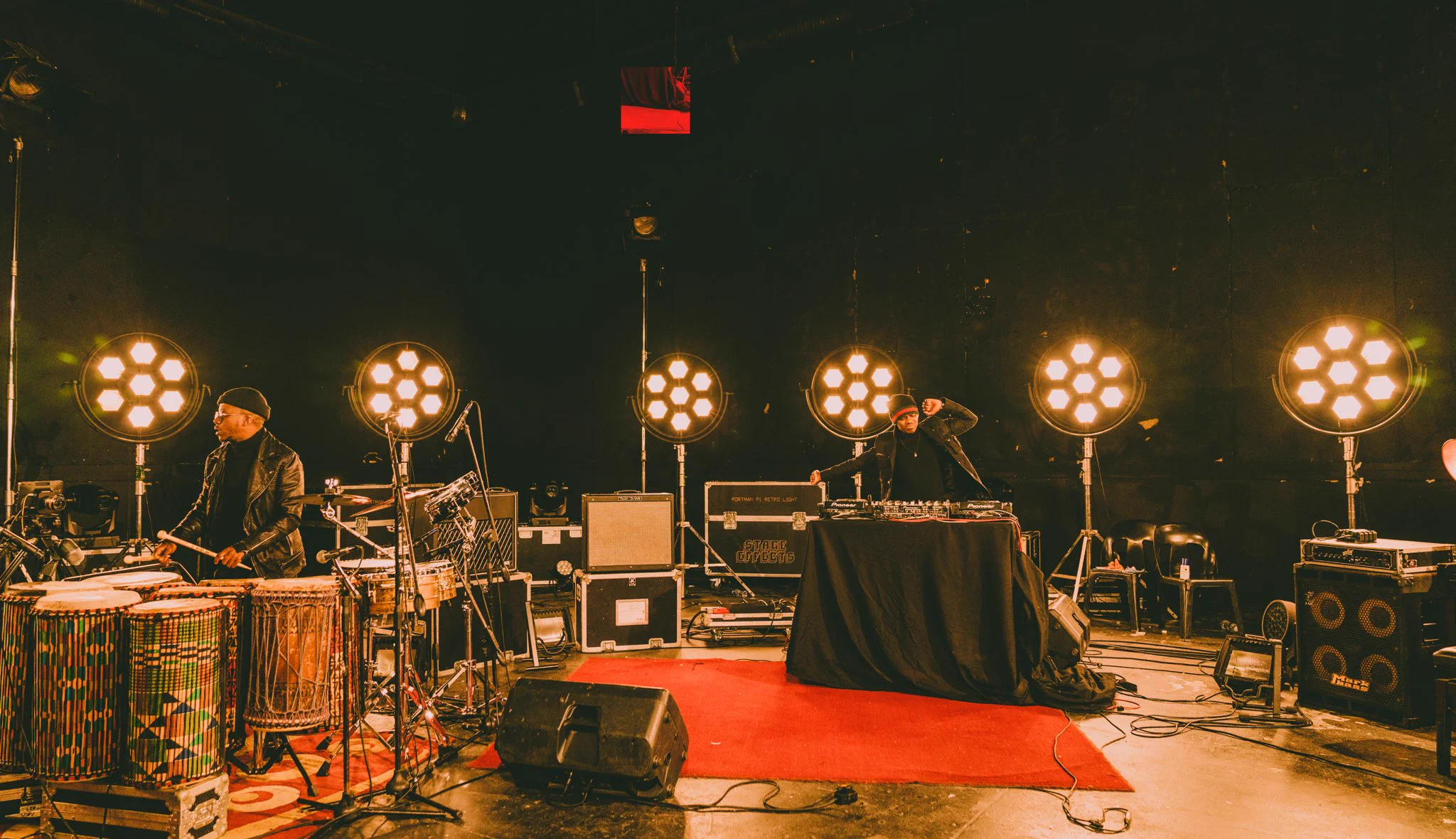
Youth does not come twice to a man, a nation, a literature, or a language.
🚨 NEW STUDY: 𝕏 IS THE NEWS | WE ARE THE MEDIA A Pew study confirms it: X is the heartbeat of modern media. 85% of news influencers—the citizen journalists redefining how we consume information—are active on 𝕏. These voices, 77% of whom have no ties to legacy media, are independent storytellers shaping narratives, breaking news, and sparking global conversations. Nearly 40% of adults under 30 now turn to influencers for news, leaving traditional outlets in the dust. And it’s not just youth—1 in 5 Americans rely on citizen journalists to stay informed. The impact? 65% of users say influencers on X help them better understand civic issues. A striking 70% feel the news here is different—fresh, unfiltered, and outside the mainstream bubble. X isn’t just a platform anymore. It’s a revolution. On 𝕏, we are the media. Source: Pew Research Center
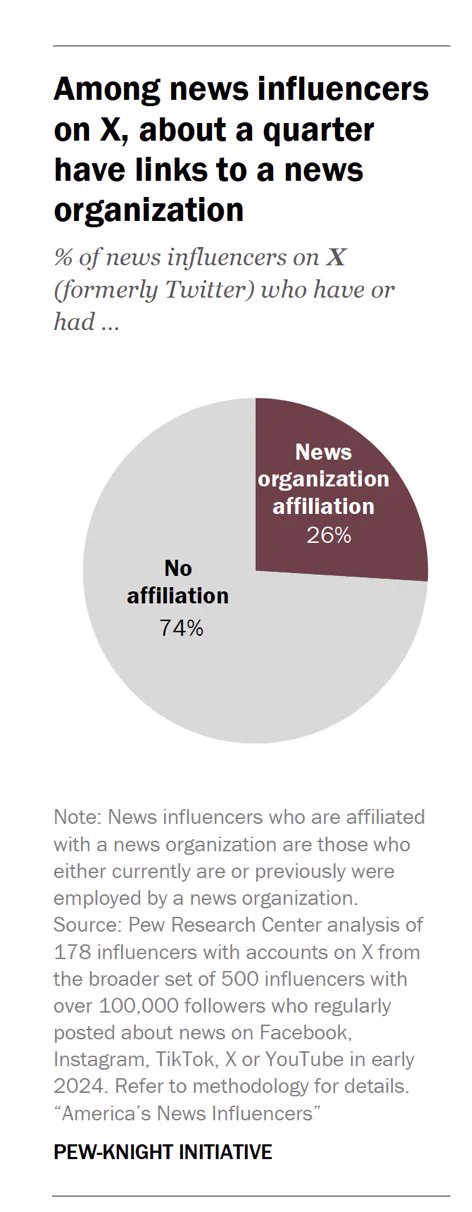

一个人很难同时拥有青春和青春的感觉——海明威 It is difficult for a person to have the feeling of youth and youth at the same time - Hemingway 人が若さと若さを同時に感じるのは難しい - ヘミングウェイ 摄影:@yuanwei8999 投稿:@Fengsiyuan @007share @cuteeeee11


光影人体是对美好青春的致敬 The light and shadow of girls' nude body is a tribute to the beautiful youth 人体の光と影は、美しい若者へのオマージュです 摄影:@yuanwei8999 投稿:@Fengsiyuan @007share @cuteeeee1111


It’s People’s Day at #COP16Riyadh#. From youth innovators, to women heroes to community champions, people from all across the globe are joining #COP16# to help rewrite Earth’s story; to transform land, heal landscapes and build a sustainable future. #OurLandOurFuture# #UNCCDCOP16#
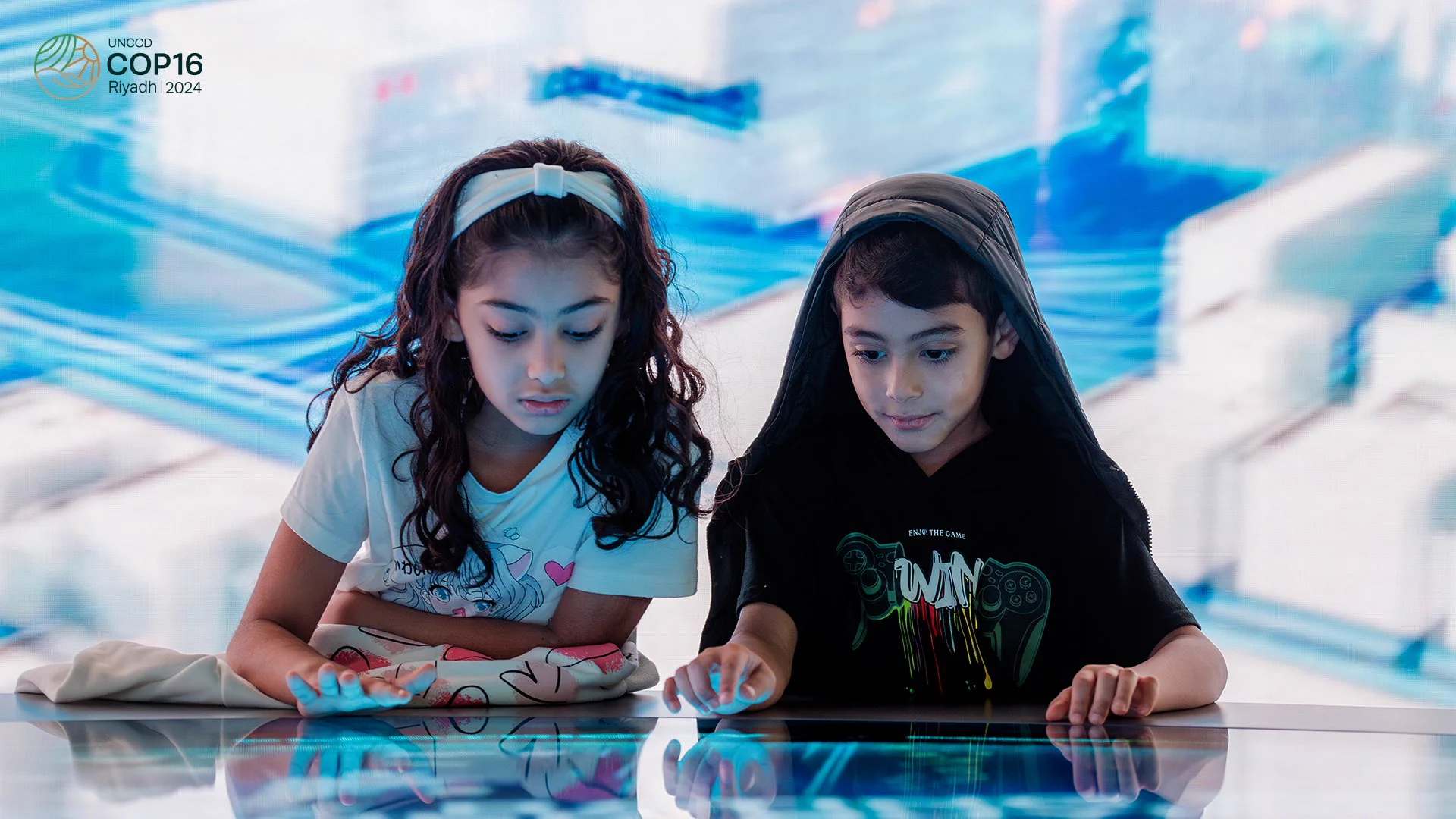

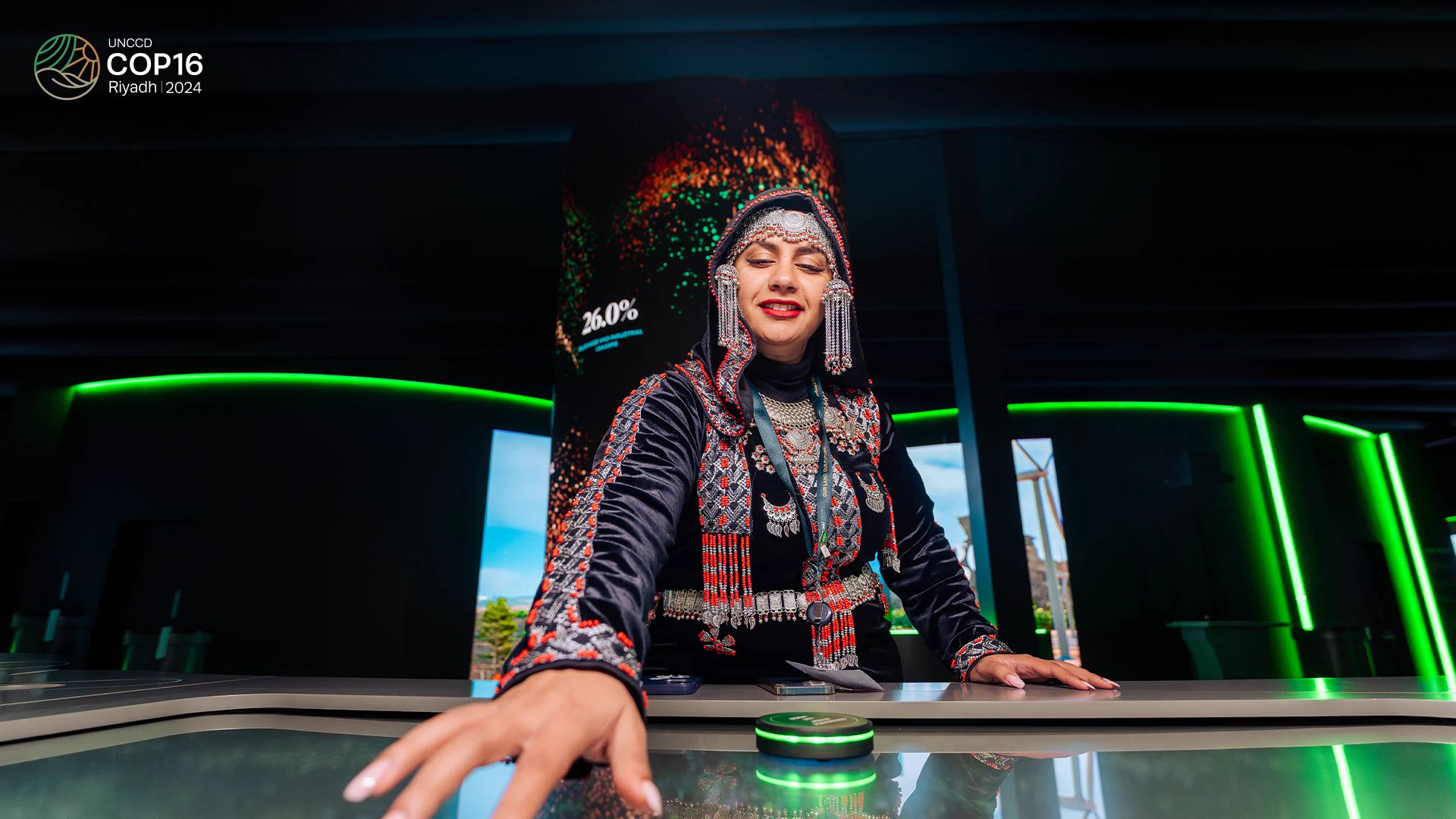
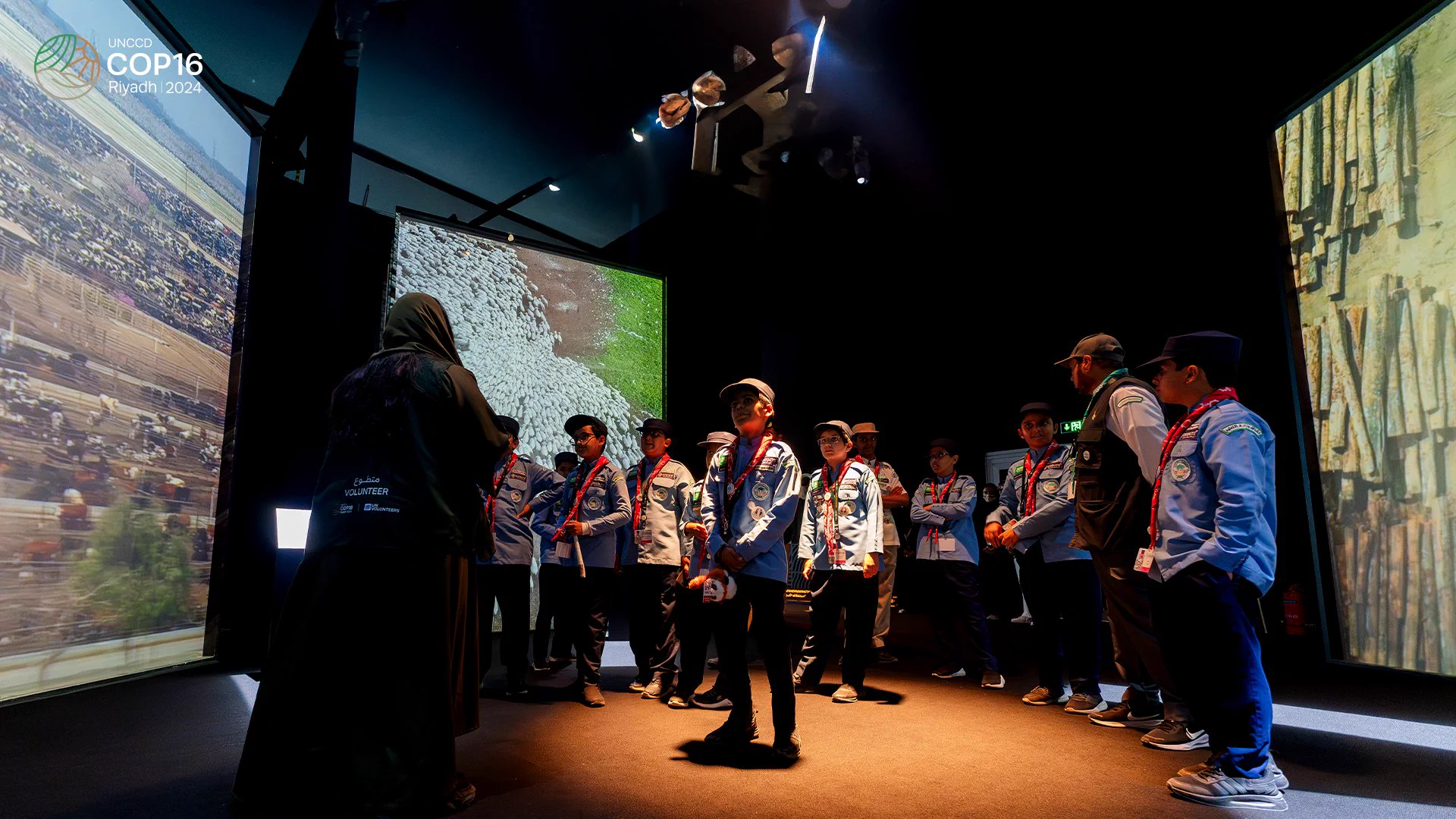
Serve it up with Brett x Goh Jin Wei at PETRONAS Malaysia Open 2025 Women's Single Goh Jin Wei, a Malaysian badminton player, won a gold medal in the 2018 Summer Youth Olympics. She also won the women's singles title at the 2017 SEA Games. Shuttle Hard, Brett Harder 😏

Intelligent Drawing of the Field | My Micro Startup 5 Follow us @club_kab to learn more about young entrepreneurs. #GDI# #SDGs# #Youth2030# Yu Jing, co-founder of PANDAG Technology, focuses on developing agricultural and horticultural robots, providing intelligent solutions for small and medium-sized farms and orchards worldwide. Leading her team, she has developed orchard smart weeding robots and significantly improved efficiency through multiple product iterations, helping users save 40% on labor and chemical costs.

"ผมเคยคิดว่าการเริ่มต้นชีวิตใหม่เป็นเรื่องง่าย แค่ตั้งใจทำงาน แต่ความจริงคือ... ทุกครั้งที่ผมยื่นใบสมัคร สายตาที่มองกลับมามันบอกทุกอย่าง เมื่อเขารู้ว่าผมเคยมีประวัติ" . เด็กและเยาวชนชายขอบจำนวนมากต้องเผชิญกับกำแพงที่มองไม่เห็นเมื่อก้าวเข้าสู่ตลาดแรงงาน ไม่ใช่เพราะพวกเขาขาดความสามารถ แต่เพราะสังคมยังติดอยู่กับอดีตหรืออคติที่ผูกติดพวกเขาไว้ . การสมัครงานครั้งแรกสำหรับใครหลายคนอาจเป็นเพียงความประหม่า แต่สำหรับเด็กชายขอบ มันคือการเผชิญหน้ากับอคติที่มองไม่เห็น เมื่อแบบฟอร์มต้องการประวัติการศึกษาที่ต่อเนื่อง เอกสารที่ครบถ้วน หรือที่อยู่ถาวร สิ่งเหล่านี้กลายเป็นอุปสรรคชั้นแรกที่พวกเขาต้องเผชิญ . "ช่วงชีวิตที่หายไป" ในประวัติการศึกษาหรือการทำงาน กลายเป็นคำถามที่ตอบยาก เมื่อความจริงคือพวกเขาอาจกำลังพยายามเอาตัวรอดบนท้องถนน หรืออยู่ในกระบวนการทางกฎหมาย . เมื่อภาพจำกลายเป็นโซ่ตรวน "เด็กเกเร" "เด็กมีปัญหา" "เคยติดคดี" คำเหล่านี้ไม่ได้บอกอะไรเกี่ยวกับตัวตนที่แท้จริง ความฝัน หรือศักยภาพของพวกเขา แต่กลับกลายเป็นตราบาปที่ติดตัวไปทุกที่ . นายจ้างหลายคนปฏิเสธโดยอัตโนมัติเมื่อรู้ว่าผู้สมัครเคยมีประวัติผิดพลาดในอดีต โดยไม่ได้มองว่าหลายคนได้ผ่านการเรียนรู้ พัฒนาตัวเอง และพร้อมจะเริ่มต้นใหม่ด้วยความมุ่งมั่น . ทุกคนสมควรได้รับโอกาสครั้งที่สอง การเปลี่ยนแปลงเริ่มต้นจากเรา จากมุมมองที่เรามีต่อกันและกัน เด็กและเยาวชนเหล่านี้ไม่ได้ต้องการความสงสาร แต่ต้องการโอกาสที่เท่าเทียม โอกาสที่จะพิสูจน์ตัวเอง . หากเราเชื่อว่าทุกคนสามารถเปลี่ยนแปลงได้ เราก็ควรให้พื้นที่สำหรับการเริ่มต้นใหม่ เพราะบางครั้ง โอกาสเพียงครั้งเดียวอาจเปลี่ยนชีวิตใครสักคนได้ทั้งชีวิต . "I used to think starting over would be easy—just work hard. But the truth is... every time I hand in a job application, the look they give me says it all—once they find out about my past." . Many marginalized youth face invisible barriers when entering the job market. It’s not because they lack talent or skills, but because society is still stuck on their past and the prejudices attached to them. . For most people, applying for their first job might just come with a bit of nervousness. But for marginalized youth, it means facing unseen biases. When the application asks for continuous education history, complete documentation, or a permanent address, these become the first obstacles standing in their way. . The “missing years” in their education or work history often come with difficult explanations. The truth is, they may have been struggling to survive on the streets or caught up in legal processes beyond their control. When stereotypes become chains. “Troublemaker.” “Problem child.” “Criminal record.” . These labels say nothing about who they really are, their dreams, or their true potential. But they become invisible scars that follow them everywhere. . Many employers automatically reject candidates with troubled pasts, without recognizing how far these young people have come— the lessons they’ve learned, the work they’ve done on themselves, and the determination they have to start fresh. . Everyone deserves a second chance. Change starts with us—with the way we see and treat one another. These youth aren’t asking for pity. They’re asking for equal opportunity—the chance to prove themselves. . If we truly believe people can change, then we must create space for new beginnings. Because sometimes, just one opportunity is enough to change someone’s life forever. . #สายเด็ก1387# #saidek1387# #ChildlineThailand# #เส้นทางขวางฝัน# #เด็กเร่ร่อน# #เด็กบนท้องถนน# #เด็กชายขอบ# #ให้โอกาส# #ส่งต่อพลังใจ# #เปลี่ยนมุมมองสังคม# #VWEF#
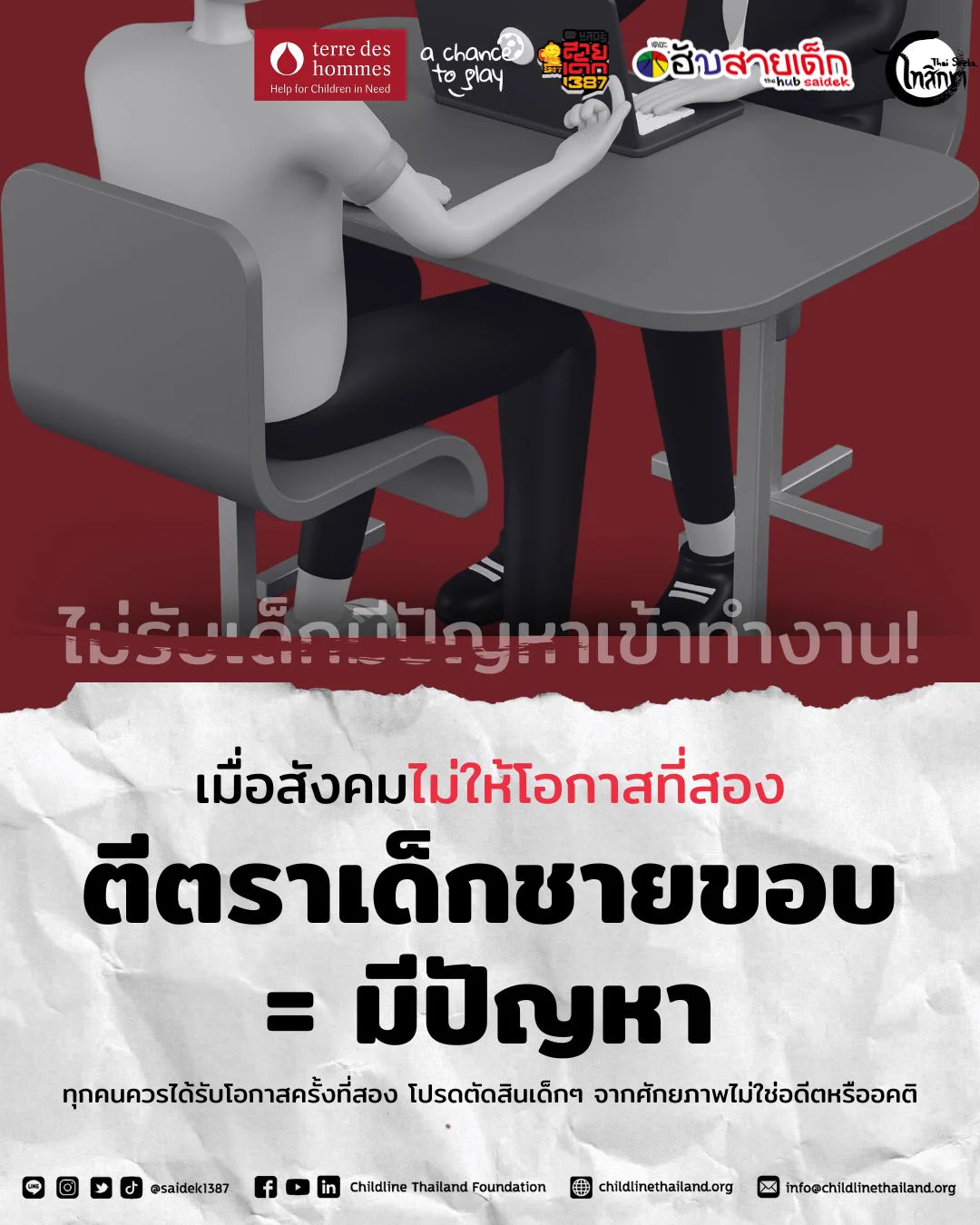
ในสังคมเมืองที่เจริญก้าวหน้า ยังคงมีเด็กจำนวนไม่น้อยที่ต้องเผชิญกับความท้าทายในการเข้าถึงการศึกษา เด็กบนท้องถนนและเด็กชายขอบสังคมเมืองมักถูกกันออกจากระบบโรงเรียน ไม่ใช่เพราะขาดความสามารถ แต่เพราะโครงสร้างทางสังคมและเศรษฐกิจที่ทำให้พวกเขาไม่มีโอกาส แม้ว่าไทยจะมีนโยบายเรียนฟรี แต่ในความเป็นจริง ค่าชุดนักเรียน อุปกรณ์การเรียน ค่าเดินทาง และภาระของครอบครัว กลับเป็นกำแพงที่ผลักให้พวกเขาออกห่างจากห้องเรียน ที่สำคัญคือ เนื้อหาที่ใช้สอนในโรงเรียนทั่วไป อาจไม่เหมาะกับเด็กที่มีพื้นฐานการศึกษาน้อยหรือขาดช่วง พวกเขาต้องการหลักสูตรที่สามารถปรับให้เข้ากับบริบทชีวิต และช่วยให้พวกเขาสามารถนำไปใช้จริงได้ . หลายองค์กรพยายามดึงเด็กเหล่านี้กลับเข้าสู่ระบบการศึกษา เช่น มูลนิธิสร้างโอกาสเด็ก มูลนิธิสายเด็ก 1387 และโครงการศึกษาทางเลือกของภาครัฐ แต่ปัญหาที่ยังแก้ไม่ตกคือ บุคลากรทางการศึกษาที่มีจำนวนน้อยเกินไป ส่งผลต่อคุณภาพการเรียนรู้ เด็กที่กลับเข้าสู่ระบบมักต้องเริ่มต้นจากศูนย์ บางคนแม้โตแล้วก็ยังอ่านเขียนไม่ได้เทียบเท่ากับเด็กในระบบ นี่สะท้อนว่าการศึกษาไม่ได้ถูกออกแบบให้รองรับเด็กที่ขาดโอกาสจริง ๆ แต่กลับใช้มาตรฐานเดียวกับเด็กทั่วไป ทำให้การเรียนรู้ของพวกเขายากขึ้น . ภาครัฐมีมาตรการลดการหลุดออกจากระบบการศึกษา เช่น "การศึกษาขั้นพื้นฐานถ้วนหน้า" และแนวคิด Zero Dropout แต่ปัญหายังอยู่ที่การนำไปปฏิบัติจริง แม้รัฐจะมีโครงการช่วยเหลือ แต่ก็ยังมีเด็กจำนวนมากที่ไม่ได้รับการติดตามอย่างต่อเนื่อง ส่งผลให้พวกเขาหลุดออกจากระบบซ้ำแล้วซ้ำเล่า การแก้ไขปัญหานี้ต้องการมากกว่านโยบายที่สวยหรู แต่ต้องเป็นการสนับสนุนที่มีประสิทธิภาพจริง ตั้งแต่การช่วยเหลือครอบครัว ไปจนถึงการพัฒนาหลักสูตรที่ยืดหยุ่น . คำถามสำคัญคือ Zero Dropout ทำได้จริงหรือไม่? ในปัจจุบัน ยังไม่มีตัวเลขที่แสดงให้เห็นถึงความสำเร็จอย่างเป็นรูปธรรม แม้จะมีความพยายามเดินหน้าในหลายโครงการ แต่การทำให้เด็กทุกคนได้รับการศึกษาที่มีคุณภาพ ยังเป็นเป้าหมายที่ต้องต่อสู้ต่อไป สิ่งสำคัญคือ การศึกษาต้องปรับให้เข้ากับเด็ก ไม่ใช่ให้เด็กต้องปรับเข้ากับระบบ การเปลี่ยนแปลงนี้อาจใช้เวลา แต่ถ้าเริ่มทำอย่างจริงจังและต่อเนื่อง เด็กบนท้องถนนและเด็กชายขอบสังคมเมืองจะไม่ถูกทิ้งไว้ข้างหลังอีกต่อไป . Education for Everyone—or Just for Some? In rapidly developing cities, many children still face serious challenges accessing education. Street children and marginalized youth are often left out of the school system—not because they lack ability, but because social and economic structures block their opportunities. . Although Thailand has a free education policy, the reality is different. Uniform costs, school supplies, transportation, and family responsibilities become barriers that push these children away from the classroom. More importantly, standard school curricula often don’t fit the needs of children with limited or interrupted education. These kids need flexible learning programs tailored to their real-life context and practical skills they can actually use. . Many organizations, such as The Foundation for Child Opportunity, Sai Dek 1387 Foundation, and government alternative education projects, work to bring these children back to learning. However, the lack of educational personnel remains a major problem. Kids who re-enter the system often have to start from zero. Some, even as teenagers, still struggle with basic reading and writing skills. This shows that education systems are not truly designed to support children who have been left behind, as they still apply the same standards used for typical students—making learning even harder for these kids. . The government has policies aimed at reducing school dropout rates, such as Universal Basic Education and Zero Dropout. But the real challenge lies in implementation. Despite these programs, many children are not consistently followed up with, causing them to fall out of the system again and again. Solving this problem takes more than good policy—it requires real, effective support, from helping families meet basic needs to developing flexible, adaptive curriculum. . So, the question is: Is Zero Dropout really possible? For now, there is no clear data showing its success. While progress is being made, ensuring all children have access to quality education remains an ongoing fight. . What matters most is this: education should adapt to fit the child—not force the child to fit the system. Real change will take time. But with commitment and consistent action, street children and marginalized youth won’t be left behind anymore. . #สายเด็ก1387# #saidek1387# #ChildlineThailand# #เส้นทางขวางฝัน# #เด็กเร่ร่อน# #เด็กบนท้องถนน# #เด็กชายขอบ# #ให้โอกาส# #ส่งต่อพลังใจ# #เปลี่ยนมุมมองสังคม# #VWEF# #ยุติการเลือกปฏิบัติ# #การศึกษา# #ZeroDropout# #เรียนฟรี#

“กักขัง” ไม่ใช่คำตอบ – เด็กควรได้รับโอกาส ไม่ใช่กรงขัง การกักขังเด็กไม่ควรเป็นทางเลือกแรก หรือเป็น "ทางเลือกสุดท้าย" ด้วยซ้ำ เด็กบนท้องถนนและเด็กชายขอบสังคมเมืองมักตกอยู่ในวังวนของปัญหา ไม่ใช่เพราะพวกเขาเลือกเดินทางผิด แต่เพราะพวกเขาไม่มีทางเลือกมากพอ การนำพวกเขาเข้าสู่ระบบกักขัง ไม่เพียงแต่ทำลายโอกาสในการศึกษาและพัฒนาตนเอง แต่ยังสร้างบาดแผลทางจิตใจที่ยากจะลบเลือน พวกเขาถูกตราหน้าและถูกผลักให้ออกจากสังคม มากกว่าที่จะได้รับโอกาสในการปรับปรุงตัว . ภาครัฐมีมาตรการรองรับเด็กที่เข้าสู่กระบวนการยุติธรรมอยู่บ้าง เช่น การจัดตั้งสถานพินิจเยาวชนในบางพื้นที่ แต่ระบบเหล่านี้ยังขาดความครอบคลุม และไม่สามารถตอบโจทย์การแก้ปัญหาที่ต้นเหตุได้ รัฐยังคงให้ความสำคัญกับการควบคุมตัวเด็ก มากกว่าการฟื้นฟูและให้อีกทางเลือกในการใช้ชีวิต เด็กที่พ้นโทษออกมายังคงเผชิญกับอคติและโอกาสที่ถูกปิดกั้น ซึ่งผลักพวกเขากลับไปสู่วงจรเดิมของความรุนแรงและความเสี่ยง . สิ่งที่รัฐยังละเลยคือการขยายมาตรการทางเลือกแทนการกักขังให้ครอบคลุมมากขึ้น รวมถึงการลดระยะเวลาการกักขังเด็กให้น้อยที่สุด เด็กไม่ควรถูกขังเป็นเวลานานโดยไม่มีโอกาสแก้ตัว การพัฒนาโครงการฟื้นฟูที่มีประสิทธิภาพ เช่น การแนะแนวอาชีพ การช่วยเหลือทางจิตใจ และการสนับสนุนทางสังคม จะช่วยให้เด็กสามารถกลับมาใช้ชีวิตในสังคมได้อย่างมีศักดิ์ศรี . การกักขังเด็กไม่ใช่จุดสิ้นสุดของปัญหา แต่มันคือจุดเริ่มต้นของความเหลื่อมล้ำที่ลึกขึ้น ทางออกที่แท้จริงคือการให้โอกาส ไม่ใช่โทษทัณฑ์ เราต้องเลือกว่าจะขังพวกเขาไว้กับอดีต หรือจะเปิดโอกาสให้พวกเขาเดินไปสู่อนาคตที่ดีกว่า . The detention of children should not be the first option—or even the last resort. Street children and marginalized youth often find themselves trapped in cycles of hardship, not because they chose the wrong path, but because they lack sufficient choices. Placing them in detention systems not only strips them of opportunities for education and self-development but also inflicts deep psychological scars that are difficult to heal. They are stigmatized and pushed further to the margins of society, rather than being given the chance to rehabilitate and reintegrate. . The government has implemented some measures for children in the justice system, such as establishing juvenile detention centers in certain areas. However, these systems remain inadequate and fail to address the root causes of the problem. The state continues to prioritize child detention over rehabilitation and alternative solutions. Once released, these children still face prejudice and limited opportunities, which often push them back into the same cycle of violence and risk. . What the government has overlooked is the need to expand alternative measures to detention and minimize the time children spend in custody. Children should not be incarcerated for long periods without the chance to correct their mistakes. Developing effective rehabilitation programs, such as vocational training, psychological support, and social assistance, would enable them to reintegrate into society with dignity. . Detaining children is not the end of the problem; it is the beginning of deeper inequality. The real solution lies in providing opportunities, not punishment. We must decide whether to lock them in their past or open doors for them to walk toward a better future. . #สายเด็ก1387# #saidek1387# #ChildlineThailand# #เส้นทางขวางฝัน# #เด็กเร่ร่อน# #เด็กบนท้องถนน# #เด็กชายขอบ# #ให้โอกาส# #ส่งต่อพลังใจ# #เปลี่ยนมุมมองสังคม# #VWEF# #ยุติการเลือกปฏิบัติ# #ยุติโทษที่รุนแรงต่อเด็ก#

The artwork, and specifically the sculptures of ancient Greece were some of most profound, artistic statements of the human form ever to emerge from society. The dedication to detail, intricacy and exemplifying the beauty of the human body was unmatched at this time. However, like all art, it was a process of slow and deliberate evolution that created the beautiful depictions of the human body that we have all come to love, and the evolution of the man in the marble is just as intriguing as the finished product. Not much is really known about this period of Greek art, as there is no writing found from this period to describe the artwork. The sculptures created were often very small objects like chariots and horses. Many of the pieces were placed in tombs and not intended for public display. It is possible that larger sculptures made at this time were constructed from perishable materials, like wood. This period was believed to have lasted from about 900-700 BC. The archaic period was believed to have lasted from about 700- 480 BC. This era saw the first depictions of the human form. These sculptures were not the beautiful, idealized depictions that would be produced later, but instead the bodies were usually stiff and rigid. The principle sculptures at this time were given the generic term of kouros, a simplified, nude sculpture of a male youth, and kore, which was a depiction of a female youth who was normally clothed. These statues were simplified, forward facing and lacked extensive detail. They were believed to have been influenced by the cultures of Egypt and south west Asia. The kouros and kore would often be depicted smiling, which was uncommon for later sculptures. These ancient greek statues would lay the ground work for later masterpieces of Greece. The classical period is thought to have begun with the sculpture known as “The Kritios Boy” in about 480 BC. This sculpture was one of the first to depict the human form in a very realistic way. The body was sculpted to reflect accurate human proportions. The marble appears as if there are defined muscles covered by taut skin, while the sculpture itself appears to be displacing its weight on one hip. This is known as a contrapposto stance and it represented a significant innovation in the representation of human beings. While the Kritios boy is regarded as the start of the Greek classical period, it in no way encompasses the entire period. The classical period saw the rise of brilliant artists like Polyclitus, Lysippos, Scopas,and Praxiteles. They all contributed to the innovation and realism that would come to constitute the Greek classical period. It is during this time that we see an obsessive eye for detail and, at times, an exaggeration of the human body. Many idealized statues can be seen with muscle definition and limb proportions that are unattainable by a human being. Many of the portrayals are god-like creations that would have been larger than life when compared to the average citizen of ancient Greece. #archaeohistories#

年轻真好😳玩累了,倒头就睡 开着灯,白天黑夜都分不清 一个男生😢弄得满地的自慰小玩具 最后还是酒店工作人员强制唤醒退房的🥵 Android: iOS: Youth is so great 😳. When I'm tired from playing, I just fall asleep. With the light on, I can't tell day from night. A guy 😢 left a floor full of his masturbation toys. In the end, the hotel staff had to forcibly wake him up and check him out. 🥵 @TGirlsHub @ellatienepito @AlenaSkuld @NAUGHTYYGUYY @transtweets69 @NordikTranxsex @BjorkBjorkken @TrannyCollectio


🎙️ “Peking Opera is a key symbol of Chinese culture, and Mei Lanfang was its pioneering global ambassador,” said Li Lizhong, Director of Mei Lanfang Memorial Hall. The Youth Symposium advances new research and cross-cultural exchange. Mei’s hometown, Taizhou, is building a vibrant opera heritage and innovation hub to carry on his legacy.
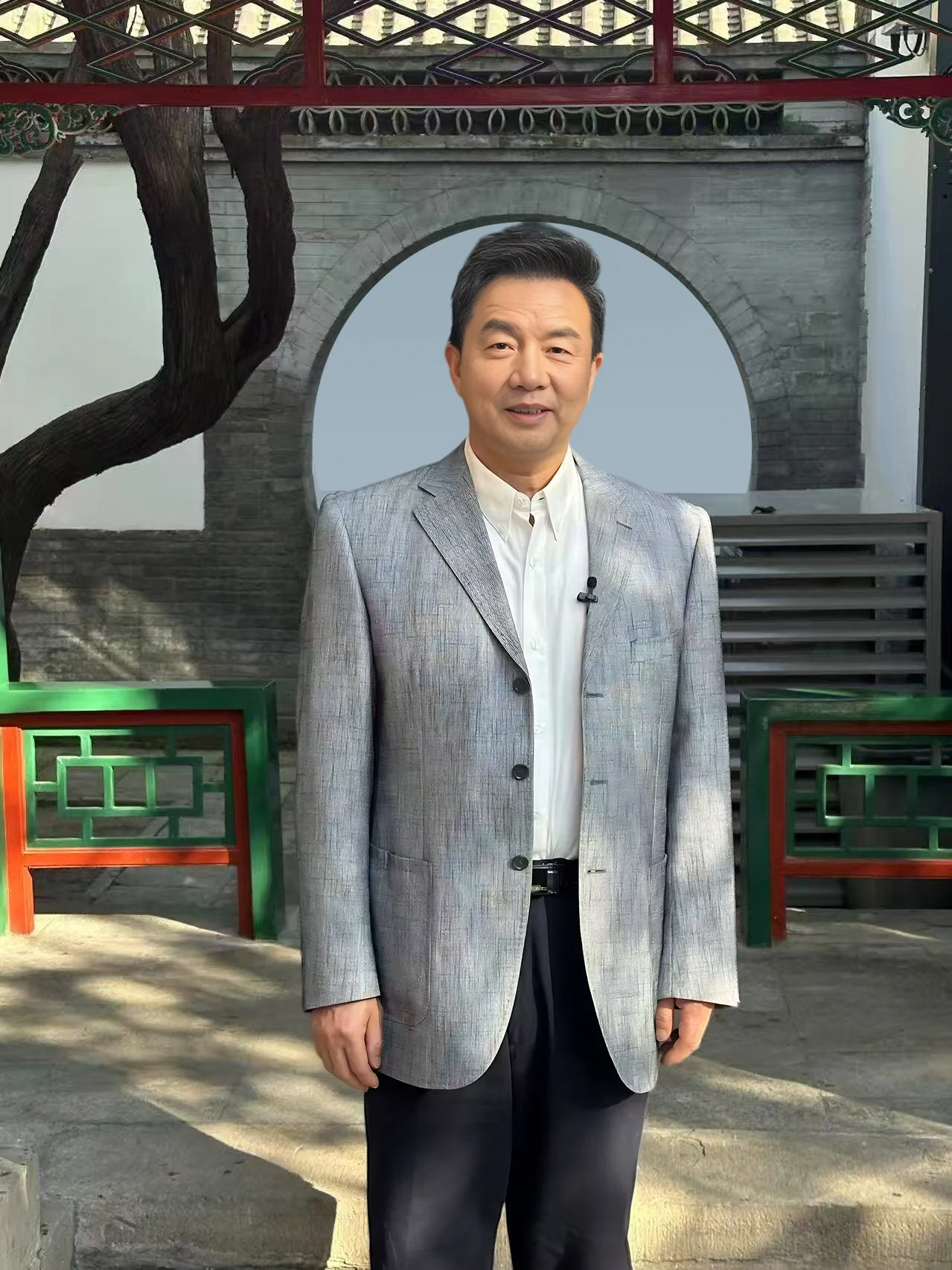
Yuepuhu County Stadium in Xinjiang was bustling with excitement as the 2nd “Kashi Cup” International Youth Football Invitational Tournament kicked off. This year’s event has seen an upgrade in scale, bringing together 12 powerful teams from both home and abroad, with the Russian team making its stunning debut. For the young players involved, it’s a rare opportunity for practical improvement. May every young athlete give their all on the pitch and achieve their desired results!

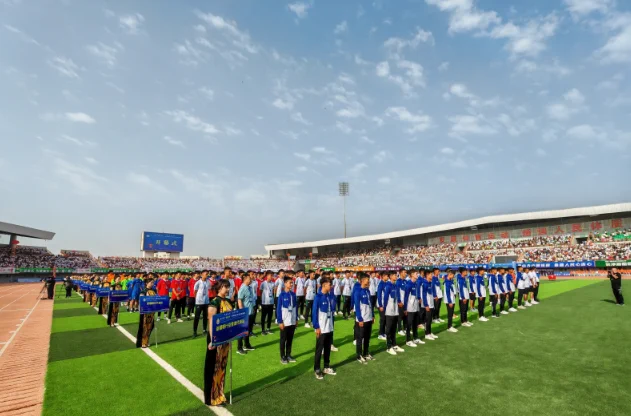
In response to the Global Development Initiative and in partnership with the United Nations, the All-China Youth Federation and UNICEF jointly launched the “Youth Potential” Green Skills and Entrepreneurship Development Program in 2024. Organized by the CYD and the KAB China National Promotion Office, the program has achieved remarkable outcomes. Here is a short video highlighting the key moments and achievements of the “Youth Potential” program.@worldydf @UNICEF @UNICEFChina @GenUnlimited_ @YouthPotential_
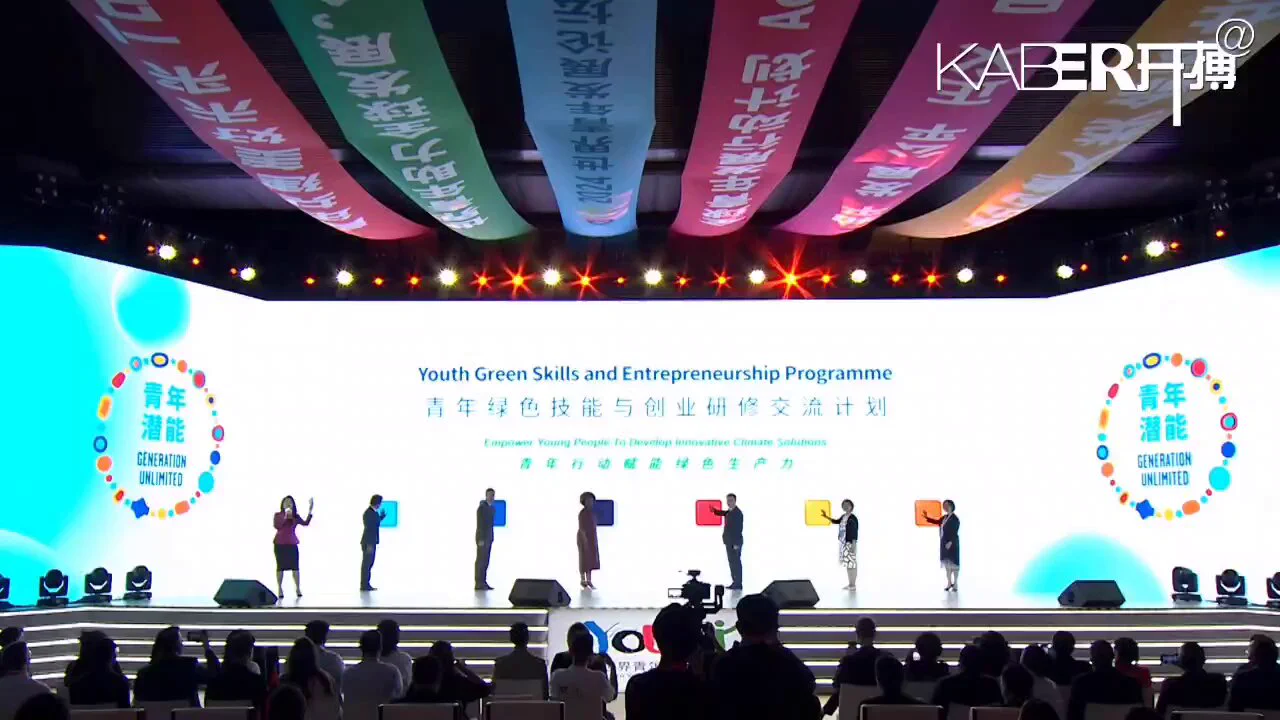
On July 20, the U.S. Youth Ambassadors in Xiamen 2025 visited the Xiamen Agarwood Museum—one of the largest specialized agarwood museums in China. Dressed in traditional Chinese attire, the Chinese and American youth delegates explored the exhibits, experienced the ancient art of incense sealing (zhuanxiang), and crafted their own sachets. Through sight, scent, sound, and touch, they immersed themselves in the rich and distinctive world of traditional Chinese incense culture.

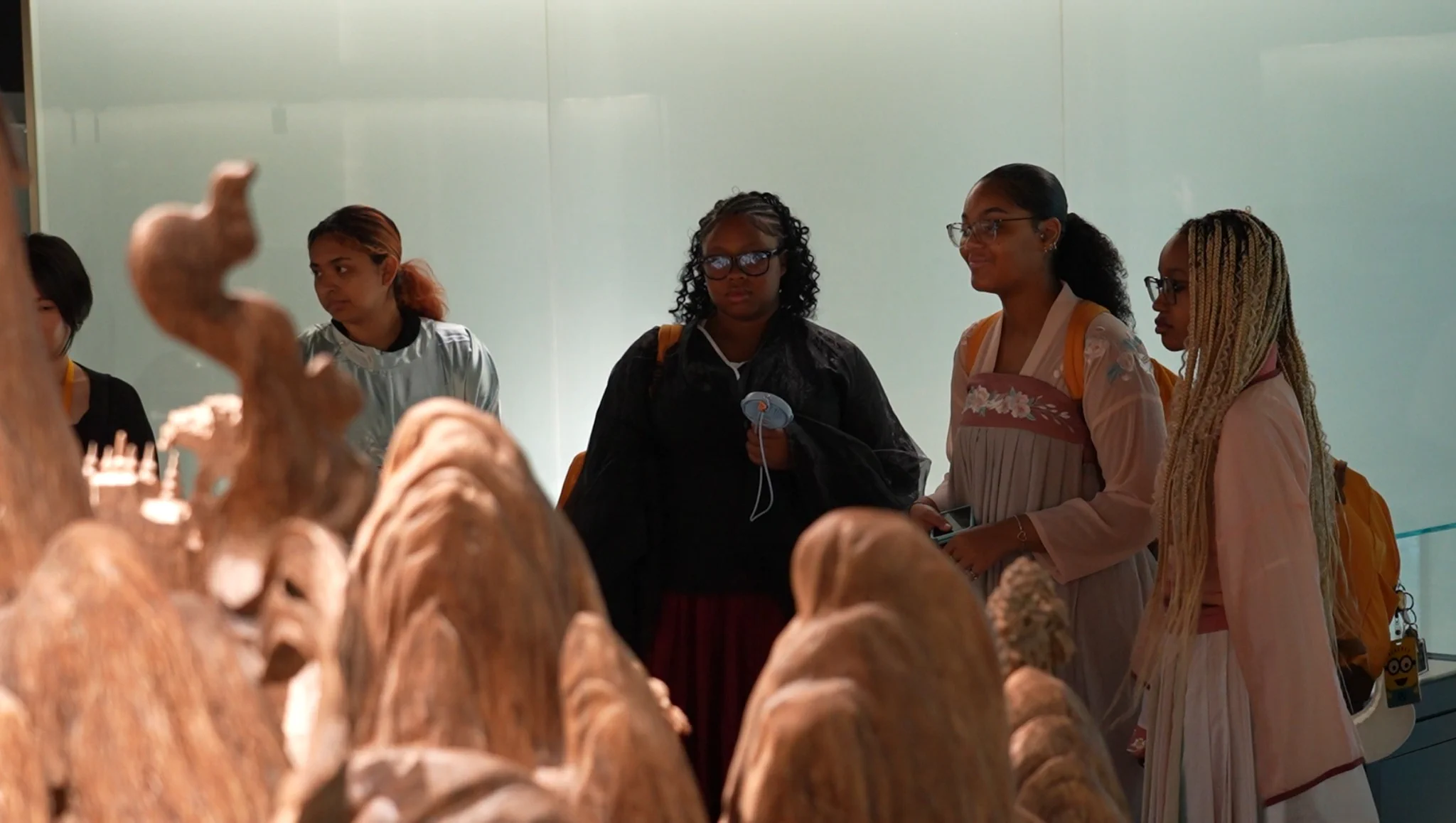
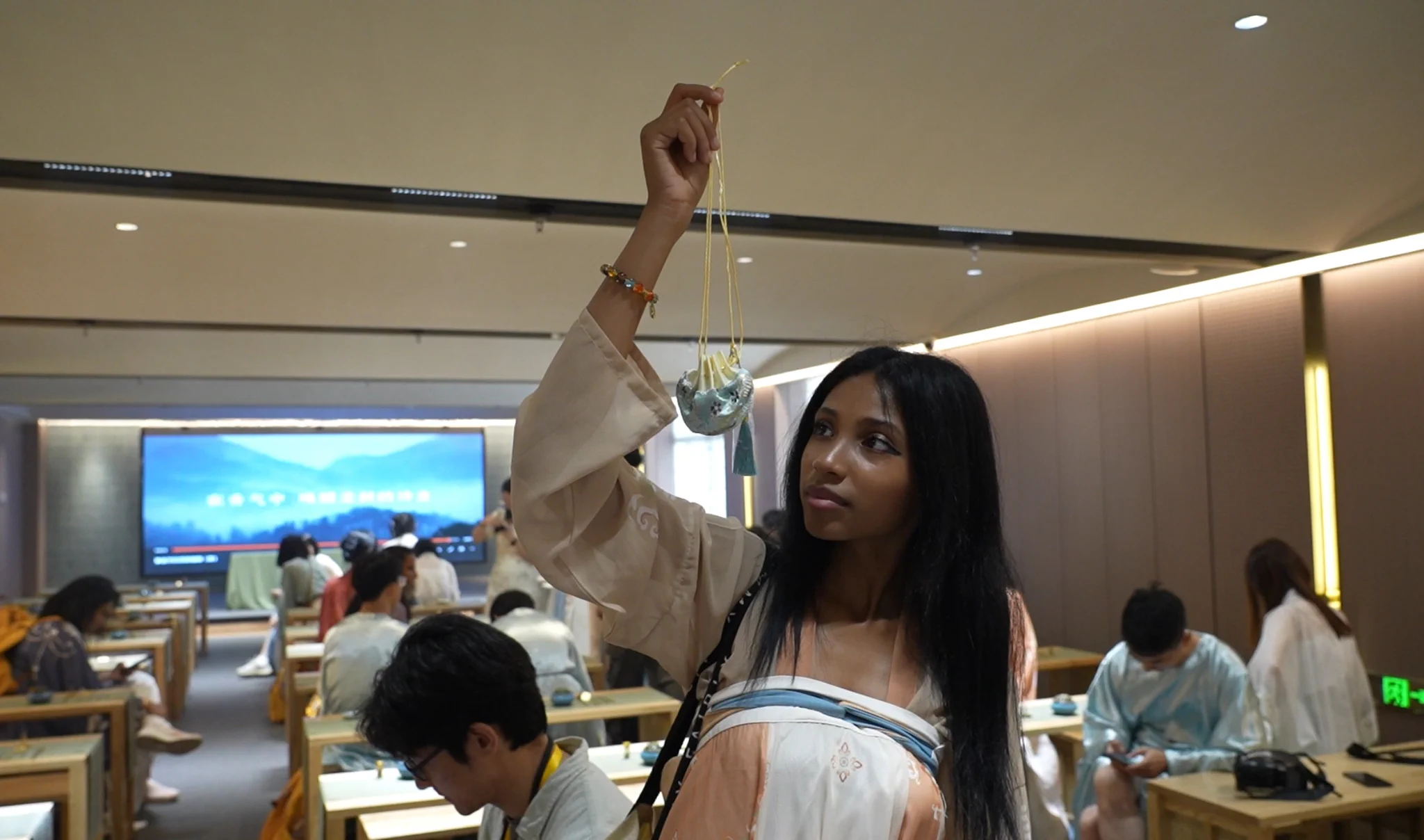
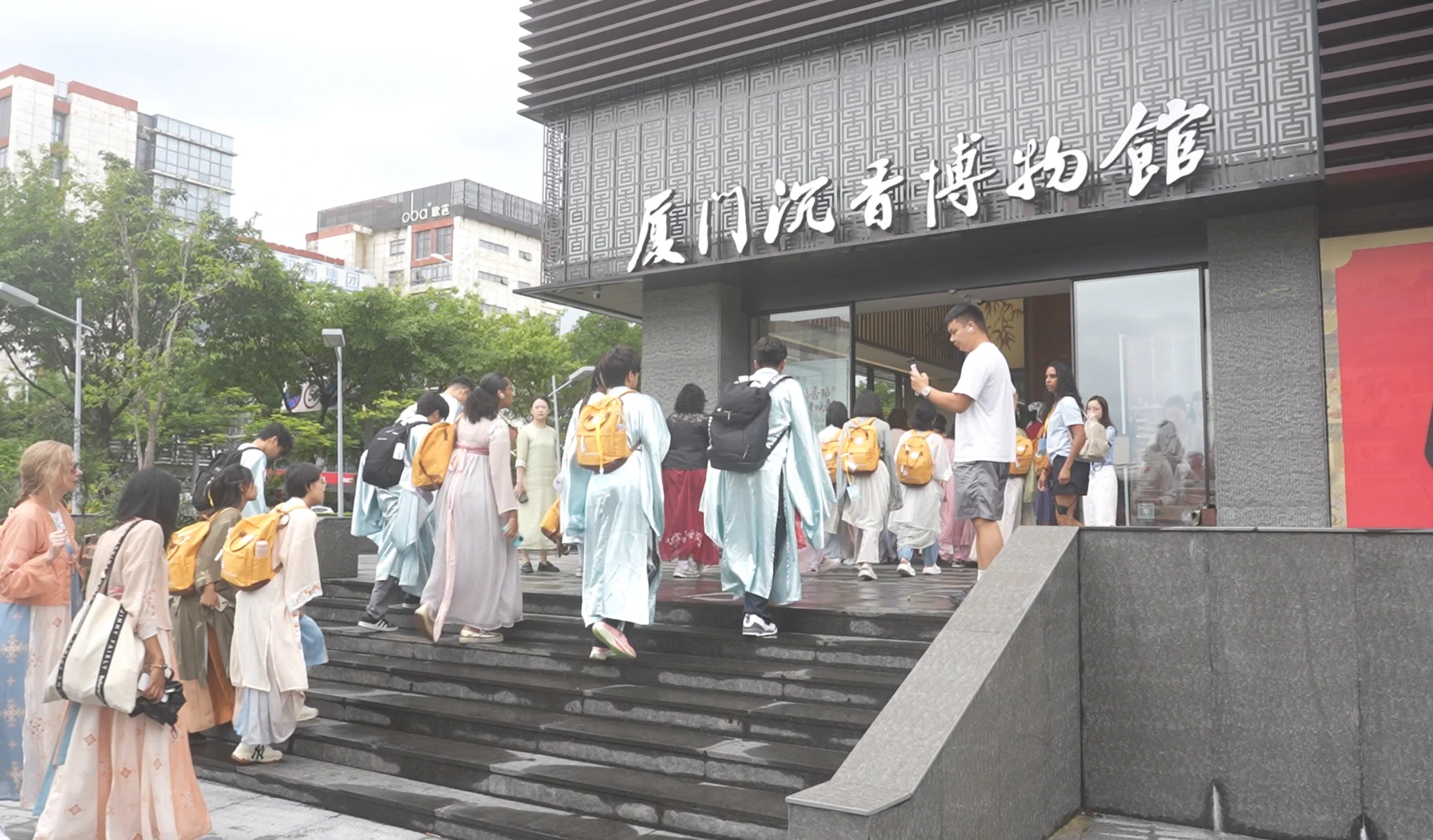
【2025 Blush Blossom Fan Fest In Macau🌸】 以音符🎵輕撫臉頰的緋紅,借旋律與心底的悸動共舞💕。 我們悄悄收藏每一次心跳與期待💕,跨越語言與距離,讓愛意編織成紐帶,不負每一刻等候—— 這將是一場為你量身打造的專屬盛會,集結驚喜陣容與互動舞台,更為大家準備了神秘環節、驚喜互動與限定禮包等你現場揭曉! 邀你墜入blossom的世界,共赴星光✨與花海💐交織的夜晚。 🌟 11.30 一起在澳門共赴一場臉紅綻放🎊、心動滿分的青春派對🎉我們不見不散! 🕰演出時間:2025 年 11 ⽉ 30 ⽇ 19:30 📍演出地點:漁人碼頭會議展覽中心 ⏰公售時間:2025 年 9 ⽉ 26 ⽇ 16:00 🎫售票平台:貓眼APP@猫眼演出&UUTIX 🔗售票鏈接: 貓眼: UUTIX: 海外用戶下單請於UUTIX 更多見面會信息請關注主辦單位@PACS帕可思睿文化 承辦單位@星億娛樂XY_ENT @StarRiver_Entertainment 藝人經紀@gmmtv_official 主辦單位將保留本次活動的最終決定權及解釋權 【2025 Blush Blossom Fan Fest In Macau🌸】 With vibe🎵 brushing against the blush on your cheeks, let melodies awaken the flutter in your heart💕. We gently treasure every heartbeat and anticipation💕, crossing languages and distances, weaving love into bonds, never letting any moment go to waste—————— This will be a one-of-a-kind festival made just for you, bringing together a dazzling lineup and an extended interactive stage. Step into the world of blossom, and join us for a night where starlight✨ and a sea of flowers💐 intertwine. 🌟 On November 30, let’s meet in Macau for a youth party full of blush, sparkles🎊, and heart-fluttering moments🎉—don’t miss it! 📢Public Sale! ⏰Public Sale Time: September 26, 2025, 16:00 🕰| Showtime: November 30, 2025, 19:30 📍| Venue: Fisherman’s Wharf Convention & Exhibition Center, Macau 🎫| Ticketing Platform: Maoyan&UUTIX APP 🔗|Ticketing Link: Maoyan: UUTIX: For overseas audience, please place your order on the uutix platform. For more fan meeting updates and information, please follow the organizer 👉 @PACS 帕可思睿文化 Co- Organizer@星億娛樂XY_ENT @StarRiver_Entertainment Management Company@gmmtv_official The organizer reserves the right to change the event. #BBFanFestinMacau# #GMMTV# @panlyyy @loverrukk @NamtanTipnaree @filmracha @emiamily @beonnnie @view_benyapa @mimrtd @junewanwimol19 @mewnich__




